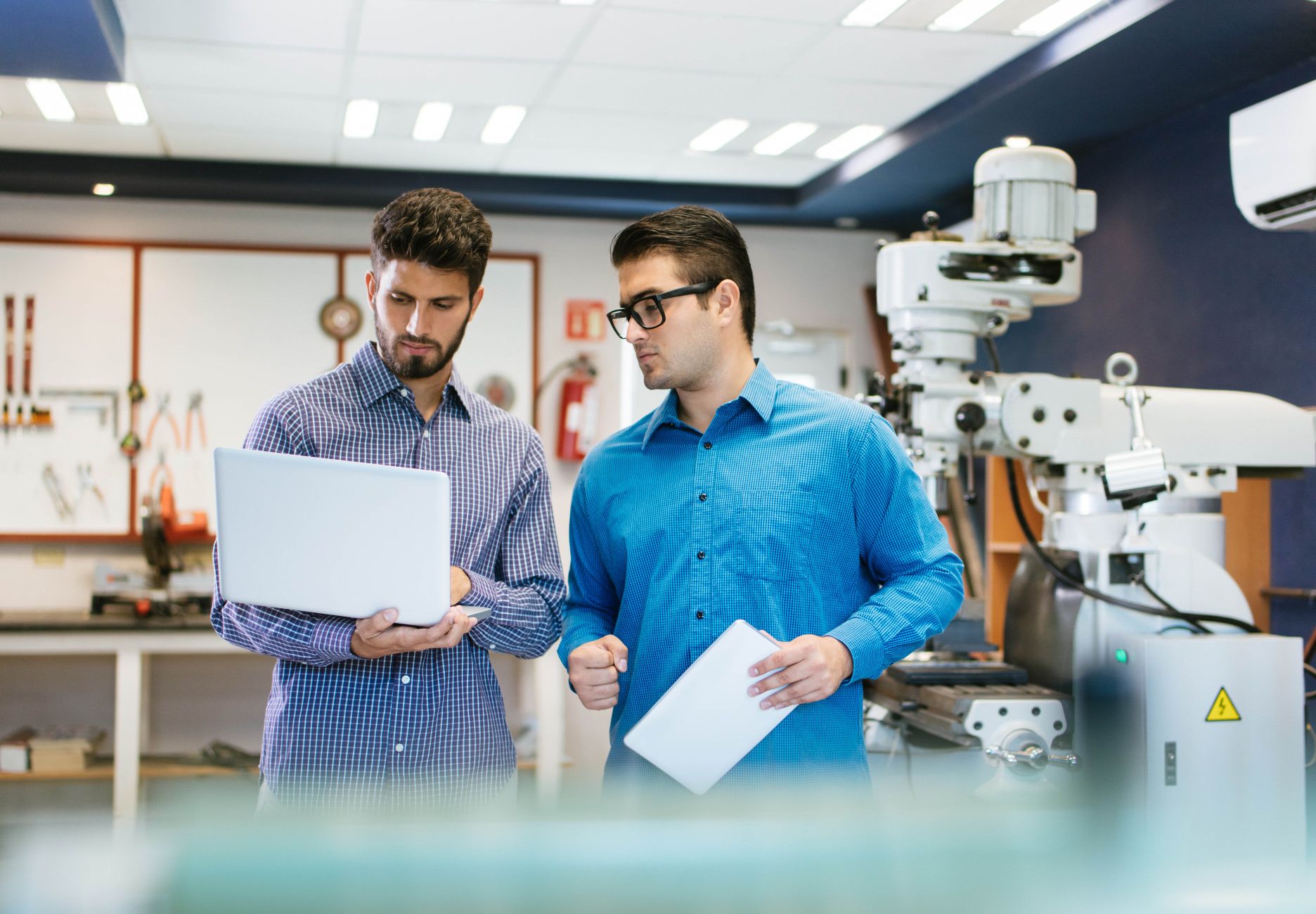Designing a component identically in 3D printing as in conventional production makes little sense, apart from prototype production. Rather, it is about optimising a component, even "dreaming" a little of the ideal component and implementing the design according to the possibilities. Something that would not be possible to produce with conventional manufacturing methods. No time for dreaming? Read on!
The dream of the optimal components may seem daunting initially, of course it would be a great advantage to have unlimited possibilities. However there is also the day-to-day business to consider - production has to be profitable, customers expect precision and delivery deadlines have to be met. So it is tempting to quickly have a conventional component produced 1:1 in 3D printing or perhaps even to combine two components. It may be worth it, but it is also possible that the result will be disappointing. This approach is far from exhausting the possibilities of additive manufacturing.
The great advantage of 3D printing is that parts can be additively manufactured in entirely new forms. Many things are simply not possible or too costly and complicated to produce with conventional methods such as turning or milling. How do you manage to integrate the new technology alongside your day-to-day business? One possibility is to familiarise yourself with the topic step by step, to go through a learning "evolution". Yes, you will have to invest some time at the beginning - but this investment will pay off in the medium and long term.
Step by step: The evolution of 3D printing
Brainstorm in a small team: collect ideas. What properties would your component require if there were no limitations in manufacturing. Don't evaluate the ideas yet, feel free to collect even those that seem outlandish at first. The point is to give your creativity enough room. Write down the ideas or make sketches. Let the collection rest for one or more days, because it has been scientifically proven that the best ideas are often not found at work, but in a relaxed setting during leisure time.
As soon as you have identified enough ideas, meet again in a small team and evaluate which approaches would have the greatest potential and which components can be produced at all. Now use one of the first advantages of additive manufacturing: The possibility of having individual parts made. Order the first variant of your component and test it in everyday use. Check whether it meets the requirements, where the strengths lie, what doesn't quite fit or doesn't yet convince you.
You probably already have new ideas about what could be improved. Collect these again and have a second, more optimal version produced. In this way, you can approach the optimal component step by step and make optimal use of the possibilities of additive manufacturing. If these evolutions are documented, all the engineers in your company can benefit from them and understand each other's thought processes for the next challenge.
After all what seems impossible at first is not an unsolvable problem. We hope that you will collect many ideas and find your ideal component - through 3D printing. Our partners in the Jellypipe environment will be happy to help you at any time.
A little tip:
If you want to test different materials in the process, make a note of the factory code that is noted on the delivery note of every Jellypipe component. You can add this to your next order (upload the component and insert the "Factory Code" in the input field), then the same print partner will produce your order.
Your Jellypipe



